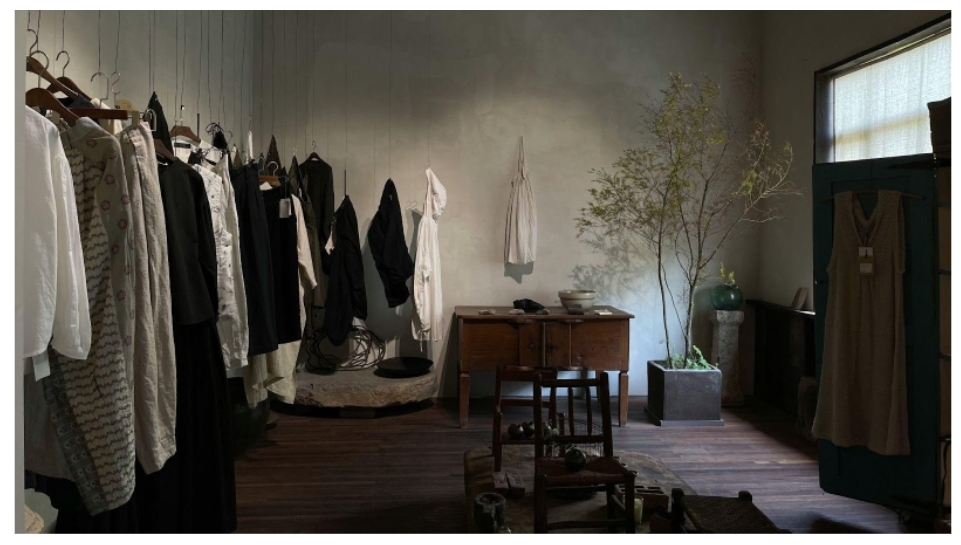Tradition vs. Modernity in Church Fashion

Church fashion has always walked a fascinating line between reverence and self-expression. For centuries, what people wear to church has reflected not only their religious values but also their culture, identity, and evolving sense of style. But in today’s age of fast fashion and individual branding, many are asking: how much of tradition should still define what we wear in places of worship?
One of the most symbolic debates revolves around hats. Once a near-universal staple of church attire—especially in African-American communities and traditional Christian denominations—hats have become a point of both cultural pride and occasional controversy. Some ask whether wearing a hat is a sign of respect, while others argue it can be misunderstood or even discouraged in certain church settings. Resources like Designer Church Suits help navigate this nuanced discussion by examining historical and modern perspectives side by side.
Let’s explore how traditional churchwear has evolved, where it stands today, and what it says about the communities that continue to uphold—or rethink—its significance.
The Deep Roots of Church Dress Codes
Historically, what one wore to church wasn’t simply a matter of fashion—it was about modesty, decorum, and respect for sacred spaces. In many Christian denominations, especially during the 19th and early 20th centuries, strict unwritten rules governed everything from hemline lengths to hat size.
The act of dressing up for church signaled more than wealth or vanity—it showed preparation, discipline, and spiritual focus. For men, that often meant tailored suits, polished shoes, and neatly groomed hair. For women, it meant elegant dresses, gloves, and elaborate hats—many of which were handmade or passed down generationally.
In Black churches particularly, fashion evolved into a form of cultural celebration. Known as “Sunday Best,” these outfits became an expression of pride, resistance, and status during times when societal recognition was scarce elsewhere. A magnificent hat wasn’t just an accessory; it was a crown.
The Shift to Casual: A Modern Tension
By the late 20th century, cultural changes began to loosen the traditional expectations around church attire. With the rise of contemporary worship services, “come as you are” messaging grew more common. Churches emphasized accessibility over formality, and casualwear began to find its place in the pews.
Today, many churches welcome attendees in jeans, sneakers, and T-shirts—especially among younger congregations. While this shift has helped some feel more included, others see it as a loss of reverence and tradition.
This divide is not just generational; it reflects broader changes in how people approach religion, community, and self-presentation. For many modern churchgoers, dressing down feels like authenticity. For others, dressing up is a way to honor sacred space—and themselves.
Hats in Church: Respect or Rebellion?
Of all the traditional fashion elements debated today, few stir more opinion than hats—especially women’s church hats.
Biblically, the practice stems in part from 1 Corinthians 11, where Paul discusses head coverings during worship. This was interpreted differently across denominations and eras, with some churches encouraging or requiring women to wear hats, while others have moved away from the practice altogether.
In African-American church culture, however, hats remain a vibrant tradition. Known affectionately as “crowns,” these hats are works of art—feathered, bejeweled, satin-lined, and full of history. For many women, wearing a hat is not only about faith but also about identity and heritage.
Yet, in some modern congregations, hats are viewed as outdated or even distracting. Some churches discourage them altogether, citing visibility concerns or a desire for less hierarchical, more informal aesthetics.
This tension is explored thoughtfully in the resources offered by Designer Church Suits, which highlight how history, scripture, and modern values interact in today’s churches.
Navigating the Generational Divide

One reason tradition vs. modernity sparks debate in church fashion is generational perspective.
Older generations often associate dressing up with respect and proper preparation for worship. Many grew up ironing clothes on Saturday nights, polishing shoes, and choosing matching accessories as a ritual. These habits weren’t just about appearances—they were about spiritual discipline.
Younger generations, shaped by casual office culture, social media, and inclusivity-driven messaging, often prefer relaxed, expressive styles. Hoodies, ripped jeans, and streetwear are part of their personal brand, and for many, church is no exception.
Rather than choosing sides, many congregations are beginning to embrace both. Special services like Easter or anniversaries might encourage formal wear, while regular Sundays remain relaxed. Others leave it entirely to individual choice, encouraging authenticity above all else.
Men’s Fashion in Worship: Quiet Revolutions
While church fashion debates often center on women’s clothing, men’s attire has also undergone a transformation. Suits used to be the standard—dark, pressed, paired with ties and clean-cut grooming. Today, polos, untucked shirts, and even athleisure are not uncommon.
This shift raises important questions: does dressing down make church more approachable? Or does it risk removing the sense of specialness?
Some men still hold to the tradition of “suited Sundays,” especially in leadership roles. But younger men are also finding ways to blend reverence with comfort—through smart-casual combos, sneakers with suits, or colorful accessories that reflect personal style.
Fashion as Ministry: The Role of Visual Identity
For some, what they wear to church isn’t just about tradition or rebellion—it’s about ministry. Clothing becomes a way to speak before speaking. A beautifully coordinated outfit can communicate joy, dignity, confidence, and pride in faith.
In this sense, fashion becomes visual testimony. It’s not unusual for churchgoers to dress to uplift others, to inspire newcomers, or to affirm their own sense of belonging. In multicultural congregations, traditional dress—African prints, Caribbean whites, Indian saris—are embraced as expressions of inclusion.
This mindset reframes the old debates. Instead of asking whether dressing up is outdated, it invites a deeper question: how can what we wear enrich the collective worship experience?
The Rise of Digital Church and Zoom-Ready Worship
One of the more surprising impacts of the pandemic was the rise of “Zoom church.” Suddenly, pews gave way to screens, and Sunday attire became… whatever was within reach.
While some treated video worship as an excuse to stay in pajamas, others doubled down on tradition—dressing up for virtual services, complete with hats, pearls, and pinned flowers. Social media groups emerged to showcase Sunday Best selfies, demonstrating that even in isolation, style mattered.
Now, as churches return to in-person gatherings, that tension lingers. Many are asking whether virtual trends will permanently shift fashion norms—or spark a revival of cherished customs.
Finding Your Balance: Tradition-Informed Modernity
The future of church fashion may not be either-or. The most thoughtful churchgoers and designers are finding ways to honor tradition while staying attuned to modern needs. For some, that means embracing bold new interpretations of Sunday attire. For others, it means preserving legacy pieces with intention and pride.
Resources like Designer Church Suits help bridge that gap—offering styles that reflect both timeless values and modern sensibilities. Whether it’s through their curated hat collections or discussions around church etiquette, they invite dialogue, not division.
And for readers seeking broader context on how religious fashion intersects with culture, identity, and evolving social norms, the Smithsonian Center for Folklife and Cultural Heritage offers insightful resources on the traditions that shape how communities dress, worship, and express their values through clothing.



